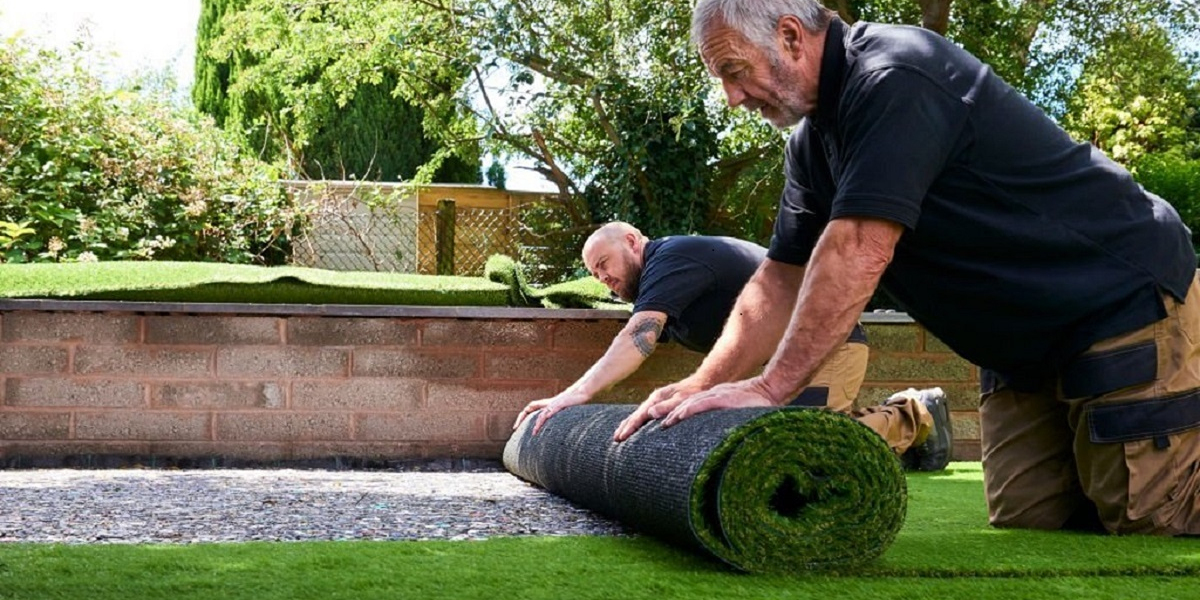Artificial turf used to be straightforward, a simple carpet-green facsimile of a front lawn with a very unnatural look. But fast forward to 2021, and the technology behind artificial turf has dramatically evolved undoubtedly thanks to significant technological advancements in the sector. So the question is, what is driving this advancement, and how does it translate to your lawns and outdoor spaces? Does it make the turf more maintenance-friendly, more resilient, or both? Is investing in the latest artificial turf technology worth it for homeowners?
In this comprehensive blog post, we'll dissect these questions by delving into the rapidly evolving world of artificial turf technology. Welcome to an enthralling exploration of the latest discoveries, the upsides and downsides, and the future vision affecting artificial grass in the 21st century and beyond.
An In-depth Look into the Technological Progress in Artificial Turf
Artificial turf technology has seen remarkable progress, heavily influenced by the rising demand for aesthetically pleasing, maintenance-friendly, and eco-responsible outdoor spaces. Artificial turf has evolved from its early use in sports fields to become a sought-after option for landscaping.
Firstly, the materials used have morphed extensively. The synthetic fibres that make up artificial turf are primarily polyethylene (PE), nylon, and polypropylene (PP). These materials have significant durability and resilience, with a semblance feel and appearance to natural grass.
The second area of notable advancement is the infill system. The idea behind infill is, using small particles of rubber or sand, to provide a more realistic bounce when the turf is walked upon. Modern turf uses technologically advanced infills that are cooler, more effective at moisture retention, and better at controlling odour.
Also, Drainage technology in artificial turf has seen substantial upgrades, making them more efficient at dealing with rains. Many have efficient porous backings which allow water to drain away much more naturally.
Why the Revolution in Artificial Turf Technology?
The desire for low-maintenance, visually stunning, and environmentally-friendly landscapes has skyrocketed in consumers’ minds, prompting advancements in artificial turf technology. Urban dwellers now yearn for outdoor spaces that merge aesthetics with sustainability, making traditional landscaping options no longer viable.
Another driver is the push for artificial turf in sports fields. As sports organizations aim to optimize player performance and safety, the need for new, advanced, artificial turf designs and technologies has amplified.
The Promising Upsides
Artificial turf technology brings a myriad of benefits to homeowners - chief among them is the minimal upkeep. The robustness of the new-age materials means your turf stays lush and vibrant throughout extreme weather conditions. Also, the turf doesn't need to be watered, making it a water-conserving choice especially crucial in drier regions.
The technological transformations have made artificial turf remarkably realistic. The modern turfs come with varying pile heights, textures, and shades of green, mimicking the look and feel of natural grass.
The Downside
Despite the many benefits, there are some potential downsides. Chiefly, the initial investment for artificial turf can be high compared to natural grass. However, over time, the maintenance savings can offset this. Also, there can be concerns related to the heat retention of artificial turf in very sunny climates.
The Future
The artificial turf industry is witnessing tremendous technological advancement, and it seems unlikely to slow down any time soon. As homeowners and businesses continue to demand higher-quality, low-maintenance, and greener options, artificial turf technology will continue to evolve.
Looking toward the future, we may see advances in blending artificial and natural grass, generating more heat resistant materials, and possibly integrating smart home technology directly into the turf!
Wrapping Up: The Artificial Turf Transformation
The evolutionary stride in artificial turf technology is making artificial grass a preferred choice for landscapes. There's no doubt that these new technological advancements have transformed ordinary synthetic turf into an appealing, almost-natural garden overlay.
While there's an initial investment hurdle, the reduced maintenance and water conservation it offers make it a prudent choice in the long run. As these technologies continue to advance, homeowners and professionals should be on the lookout for exciting and greener innovations.







